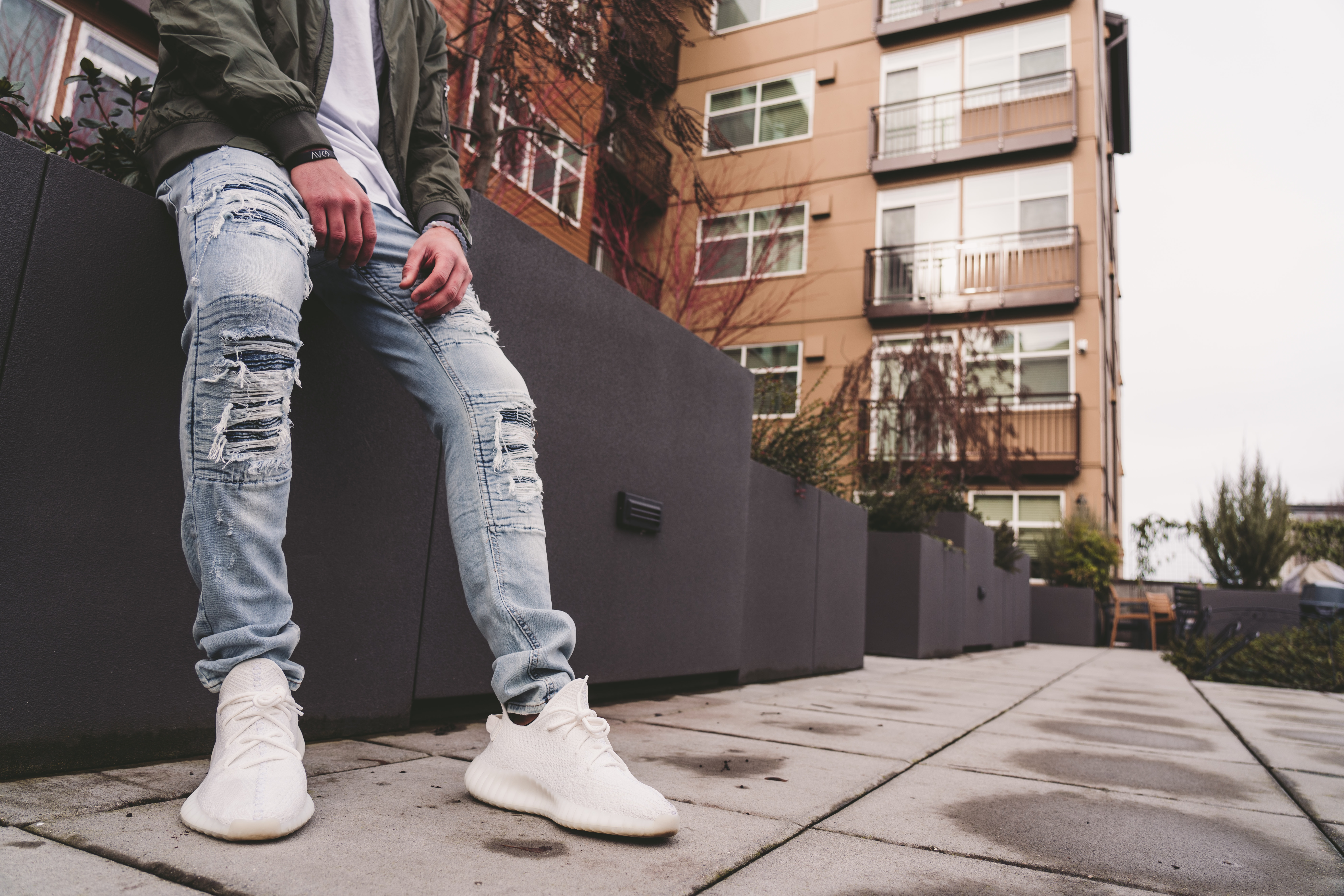This article originally featured in the September 2020 issue of Connect.
Kevin Feeley (Gunma 2019-20)
Seasons, like most things, are a matter of preference. Many people look forward to summer as a vacation, as freedom from the cold, and as a time to tan. Some people want to live perpetually in autumn. But no matter who you are, you’re still human—and when the summer heat comes around, you still sweat, you still burn, and you still have to go outside at some point, no matter how much you’d rather stay inside with your air conditioning. When you have to go outside, it’s important to dress appropriately; so, here are my tips for combatting the heat as summer comes to a close.
1. Light Colors
Yes, you look good in black, but do you really feel good when you wear all black under the beating sun? That was rhetorical: the answer is no, because dark colors —especially black— are scientifically proven to absorb heat a lot more than lighter ones. Don’t question science. If you are one who finds themselves dressing in all black all-year-round, switch it up a bit by throwing on a white T-shirt and acid wash jeans—an iconic summer look. If it’s too hot for the jeans, a pair of chino shorts in pink, blue, or even khaki will pair nicely with it. If you don’t like the crispness of the white tee, try it in another color. Just make sure it’s a lighter shade. A caveat to this tip—that I’ve sadly had to learn from experience—is that lighter shades of grey tend to show sweat far more easily than other colors, so if you find yourself still sweating in light colors, keep that in mind if you want to avoid looking like you’ve been steaming next to the conbini pork buns.
2. Light Fabrics
Still sweating in those light colors? Well, as I mentioned with the jeans, it might be too hot out for your favorite pink sweater. When the temperature creeps up there, even basic cotton shirts and shorts can feel like death, at which point, it might be time to break out even lighter weight fabrics. For me, my go-to is linen. A linen shirt, even a long sleeve Oxford shirt, can be cooler to wear than a heavier cotton T-shirt because it keeps the sun off my skin but allows any semblance of a breeze to cut right through me and cool me down. Linen pants have the same effect, though if your legs are as hairy as mine, shorts may be a better move regardless. If linen isn’t your cup of tea, try a sportier fabric like dry-fit, which can wick away moisture so you don’t feel quite as sweaty on those hotter days and has the added benefit of being made to sweat in so it doesn’t wear out as quickly as some traditional fabrics.
3. Avoid Tight-Fits
Regardless of how comfortable you may be in tighter-fitting clothing, tighter clothes don’t breathe as well, meaning they are exceptionally hotter than looser fits. For me, the tighter the item, the more it’ll make me sweat on those late summer days, so I tend to stick with looser, flowing garments that allow air to siphon in and out, like light-weight oversized shirts, Oxfords, short sleeve button-ups, and shorts. If you find yourself wanting to wear jeans or pants, try cuffing the pant legs and rolling them to expose your ankles. It’s remarkable the effect that such a subtle change can have by preventing hot air from getting stuck and cooking your legs and allowing any passing breeze to shoot up from the ankle to cool you down.

4. Undershirts
I know what you’re thinking: why on earth should I put on more layers than I have to when it’s 98 degrees Fahrenheit outside and more humid than your average day in Miami? Well, if you’re like me, it can be a bit of a double-edged sword. Yes, you add an extra layer of fabric, which will likely make you feel a bit hotter, but in a scenario where you have to look professional and would literally die if you sweat through your suit—yes, I’ve been there—an undershirt can be a life-saver. It takes the full brunt of your body’s responses and absorbs most of your sweat, allowing you to save some semblance of your dress shirt and suit to look presentable. You can even combine tips here and opt for a dry-fit undershirt to practically guarantee that you’ll look your best, even when feeling your worst.
5. Keep a Handkerchief
It’s a bit old-fashioned, but I like to keep something to dab my forehead and forearms so that I don’t glisten enough to blind passersby. While allowing yourself to sweat will ultimately help cool you down, it can be a bit embarrassing in certain situations, so having a way to quickly wipe yourself down is always welcome. For those of you who want to take this tip to the next level, I present to you: Gatsby wipes. If you haven’t heard of them, they are cooling deodorant wipes that make your skin feel ice-cold. Taking a minute to wipe these on your arms, legs, and forehead before going out can keep you feeling cool for the better part of the day. If you happened to forget your pack when heading out in the morning, fear not, for most conbini have them readily abailable. For those in the inaka, like me, maybe plan ahead.
6. Be Confident
If all else fails, and you find yourself burning up because it’s literally too hot to handle outside, fear not. Remember that you are a human being and that sweating is a natural, human response to the heat. You can do your best to keep yourself cool with lighter colors, lighter fabrics, and looser fits and try to keep yourself dry with undershirts and Gatsby wipes, but sometimes, it’s just too hot and humid for you to do anything about it. If you find yourself on one of those days, nervous that you’re about to sweat through your suit in front of your superintendent, or worse, the mayor, remember that you’re human, that your body is functioning normally, that they’re just clothes that you can wash or replace, and that everything will be fine. The anxiety of being sweaty can oftentimes make you sweat more, so in moments where you find yourself nervous about looking unprofessional, take a breath, drink some cold water, and remember that you’re okay. And maybe pack an extra shirt . . . Autumn will be here soon.
Feature photo by Greg Raines on Unsplash
Kevin Feeley was born and raised in Philadelphia, Pennsylvania in the United States, and graduated from Amherst College with an English degree in 2019 before joining the JET Program. He wants to go to law school to do public defense work for people who cannot afford an attorney.




